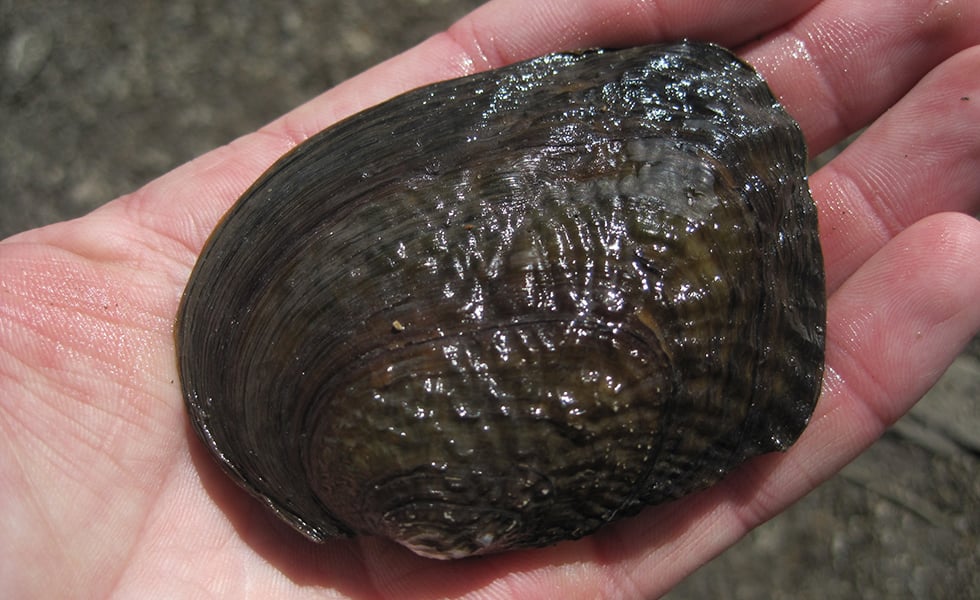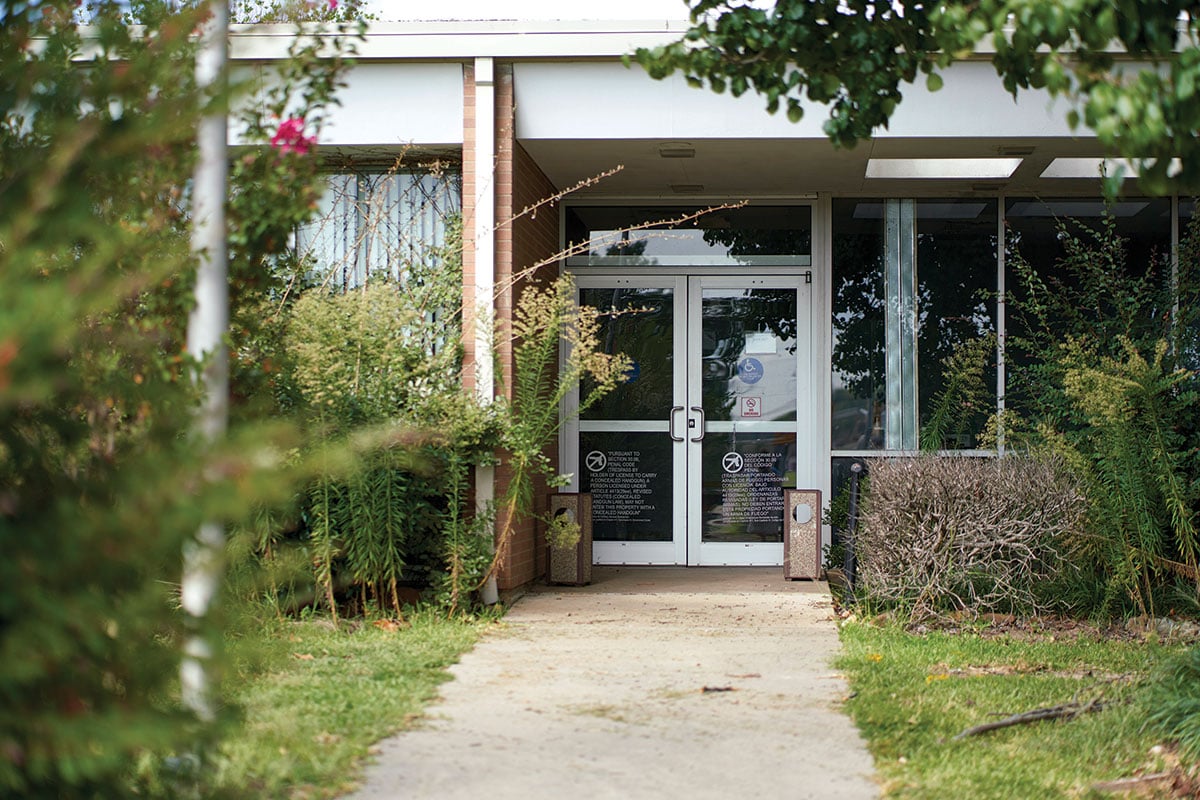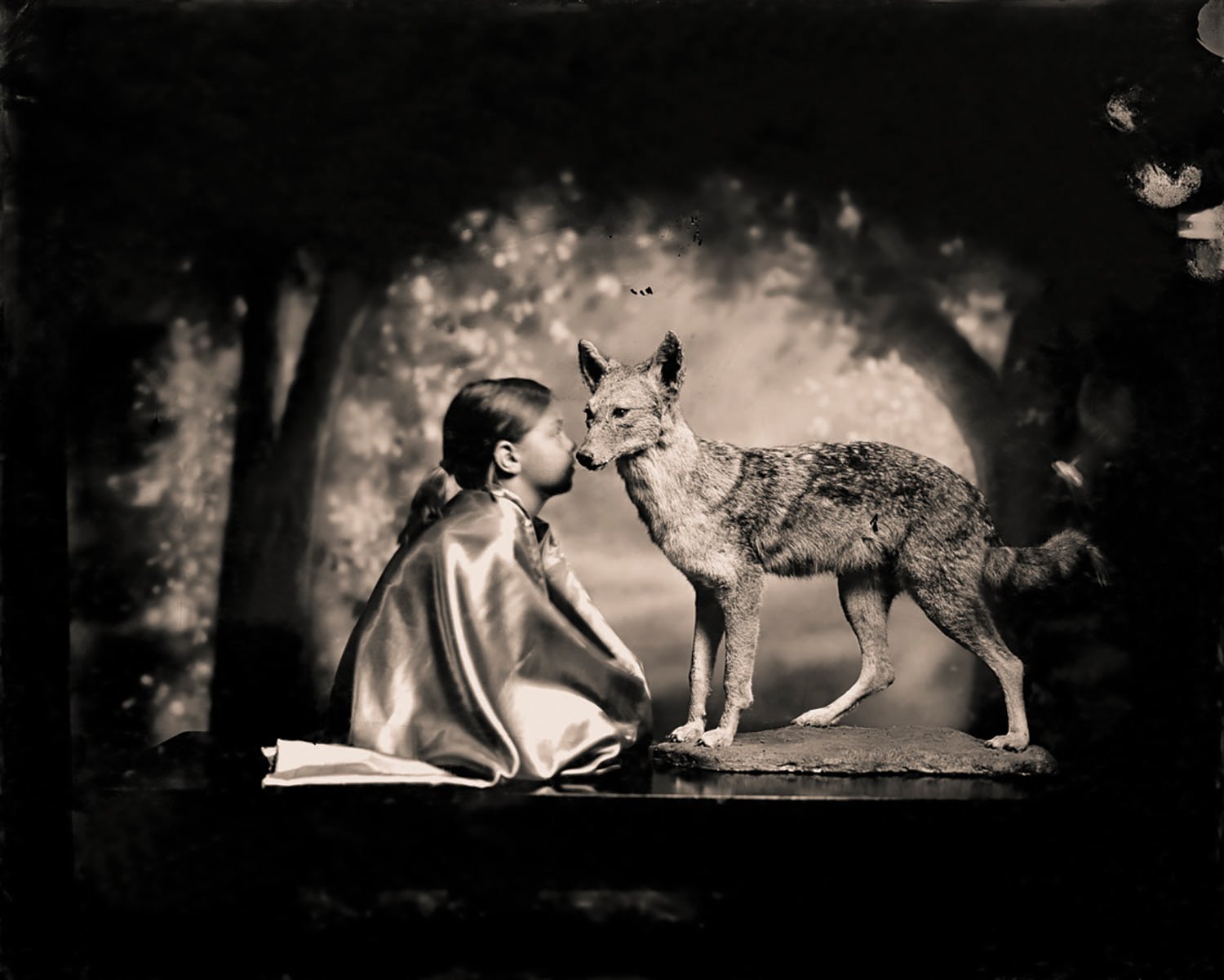
Ordinary Magic
Over and over, Keith Carter finds transcendence in scenes of everyday East Texas life.
–
by Michael Hardy
December 12, 2018
Photographer Keith Carter has spent his life revealing the magical in the mundane. Born in 1948 in Madison, Wisconsin, Carter moved with his family to Beaumont when he was 3 and, with only occasional interruption, has lived there ever since, documenting the people and places of East Texas in a remarkable body of work that is the subject of the new book Keith Carter: Fifty Years. Carter personally selected the book’s 251 images, which are drawn from the full arc of his career and arranged thematically rather than chronologically, in keeping with his quasi-mystical sense of vocation. “Memory is not linear, and I don’t think the work I’ve done is linear,” Carter said.
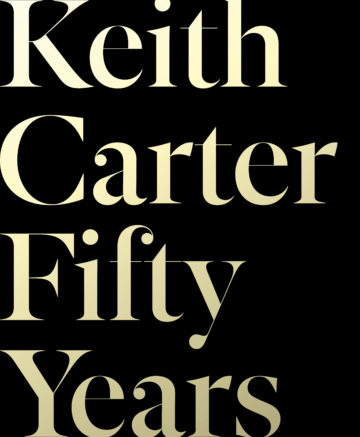
By Keith Carter
University of Texas Press
$65; 320 pages
Carter is perhaps best known for his 1992 image “Fireflies,” which shows two young boys standing ankle-deep in a shallow pond, peering into a large glass jar that they hold between them. What’s unusual about the photograph is that its subjects, the boys and their jar, are blurred — the presence of fireflies only implied by the title — while their surroundings are in crisp focus.
“I was so disappointed when I made that, because I was trying to make a sharp photograph,” Carter said. “But those little fellows wouldn’t hold still, so I did the photographs and developed them, hoping one of them was sharp. Turned out, none of them were.” When Carter’s late wife, Pat, urged him to make a print anyway, the result proved a revelation. “That dynamited me straight out of the documentary tradition. It was like a veil lifted from my eyes, and I saw that there was so much more there.”
Carter’s photographs had always been informed by regional folklore, but after “Fireflies” his visual language shifted decisively in the direction of magical realism. He experimented with focus and depth of field to create fantastical images of levitating children, Rapunzel-haired Pentecostal women, figures obscured in mysterious wreaths of smoke. His most recent work included in the book was produced using the wet-collodion process, invented in 1851, which involves coating a glass plate with photosensitive chemicals and exposing it while still wet. The resulting images, such as Carter’s portraits of Pat as she was dying from cancer, have a haunting, hallucinatory look reminiscent of 19th-century spirit photography.
In recent years Carter lost both Pat and his mother, a professional portrait photographer who inspired his own choice of career. He also lost most sight in his left eye after receiving radiation treatment for ocular melanoma, a rare form of cancer. Yet Carter continues to experiment. He began working with digital photography for the first time, expressing delight in how editing software allows him to create “anything I can dream.”
And while he sometimes tires of Beaumont, Carter says he could never have created his photography anywhere else. Around 1985, he heard Texas playwright Horton Foote give a speech about his upbringing in the small farming community of Wharton, which became the setting for much of his writing.
“I thought, I live in a place that everyone makes fun of,” Carter recalls. “It’s muddy, it’s flat, it’s dangerous, it’s mosquito-ridden, but it’s my place. So I decided then and there that I would pay attention to the ordinary things found in this ordinary place.”
The results, as readers of this book will see, are anything but ordinary.
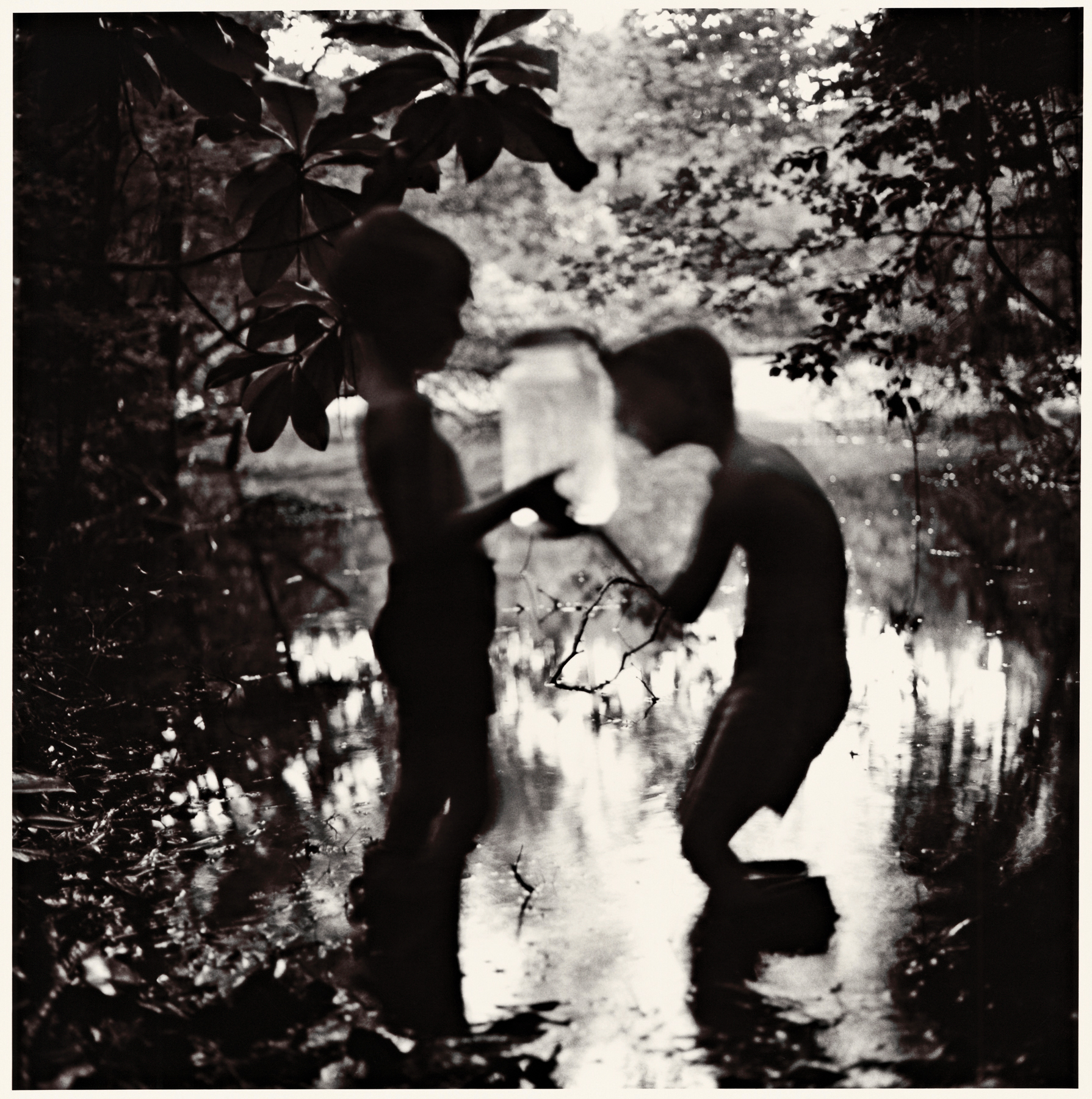
“Fireflies,” 1992
Fireflies is one of my favorite accidental images. When I developed the film, the combination of short focus, slow shutter speed and constant movement had produced an unexpected dreamlike effect.
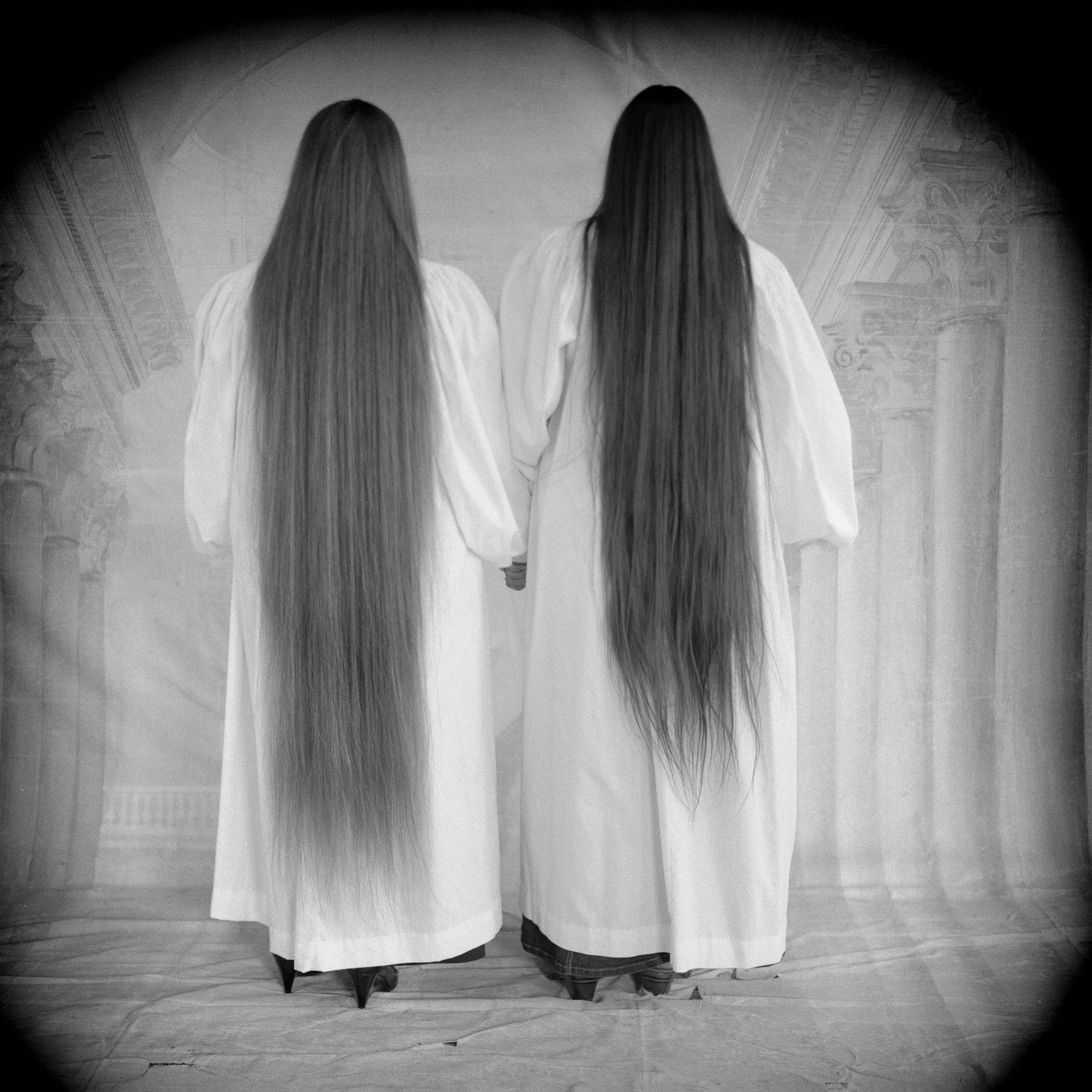
“Two Choir Women,” 2009
This was part of a series of portraits I made of Pentecostal women.
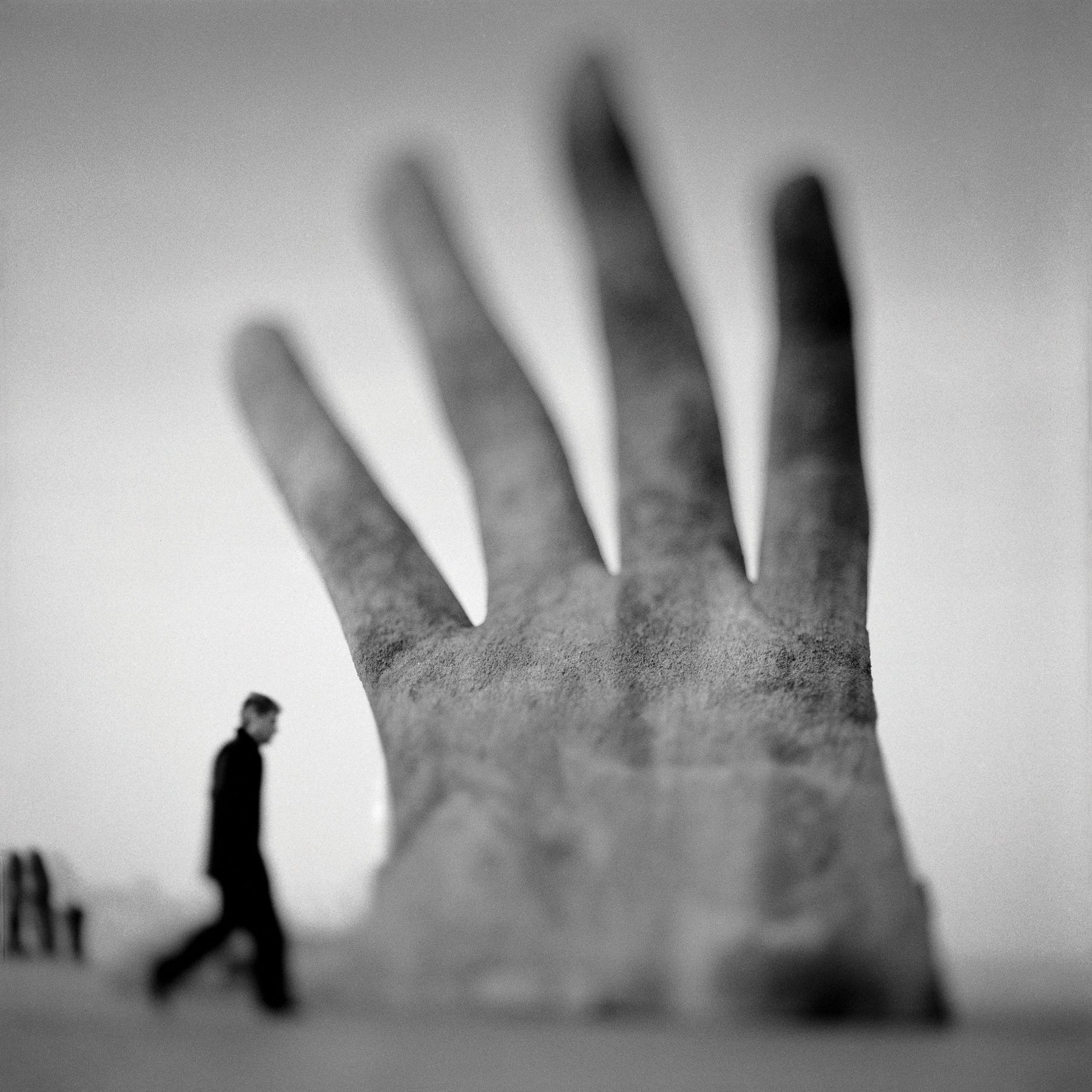
“Giant,” 1997
Occasionally the world presents a lovely, askew moment, at once ordinary and mysterious. Walking along the waterfront in Venice early one March morning, I came across this sculpture.
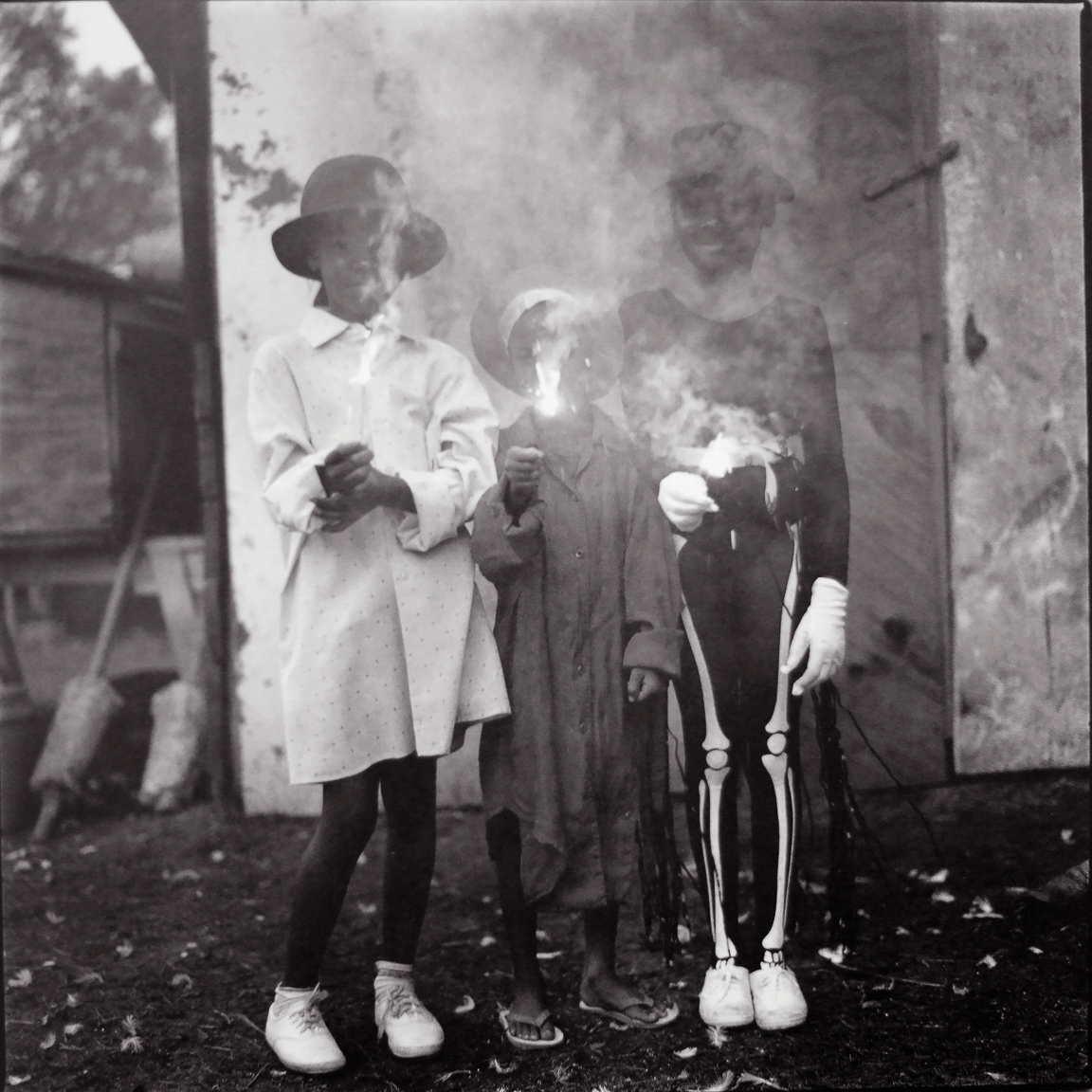
“Chicken Feathers,” 1992
It had begun to drizzle early one evening as these three children were trick-or-treating in a rural area near Fannett.
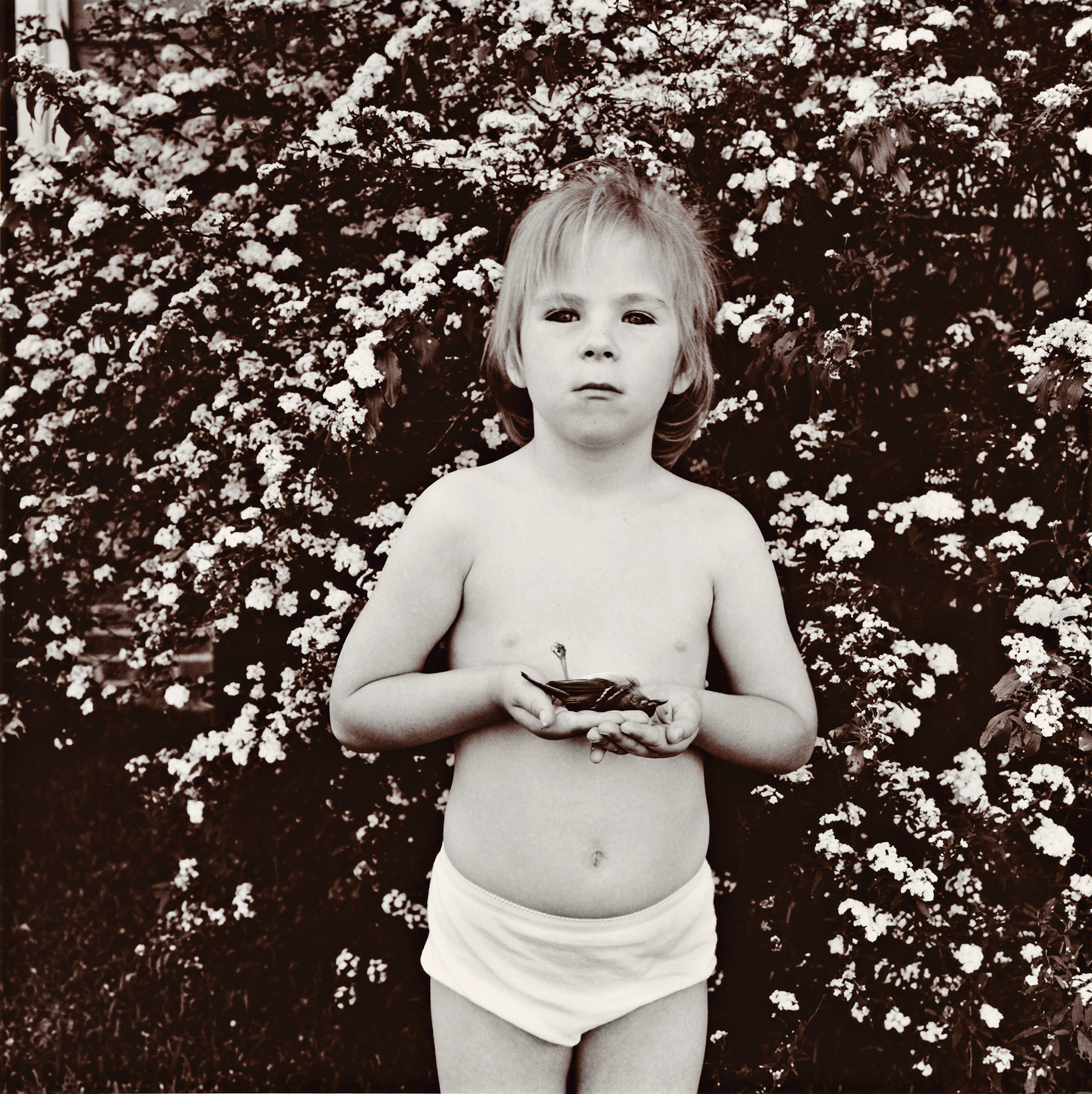
“Meagan,” 1988
My granddaughter, Meagan, was pissed. She found a deceased bird one spring morning and wanted to know why it died.
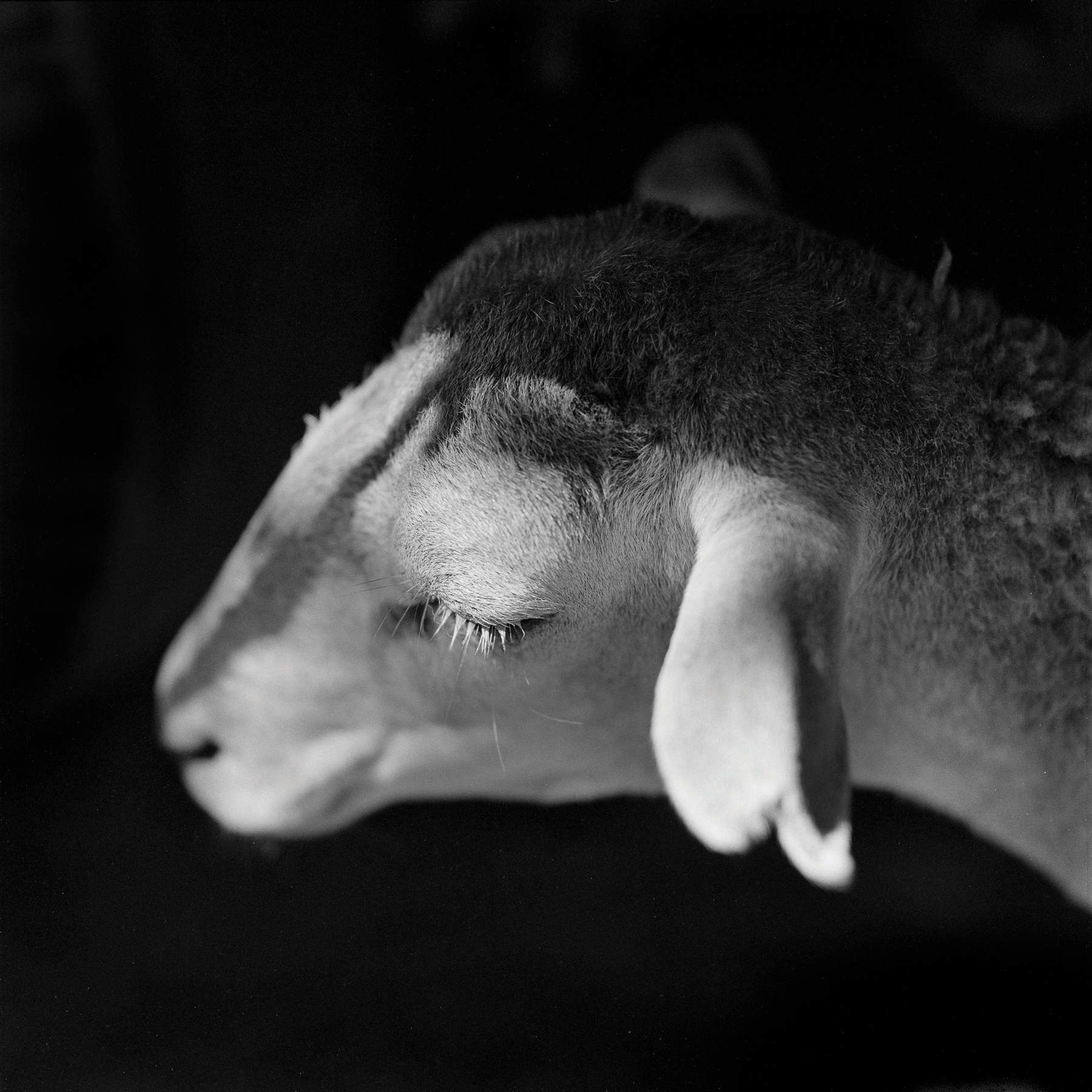
“Billy,” 1993
This goat had been brought to the marketplace outside of San Cristóbal de las Casas, Mexico, to be sold.
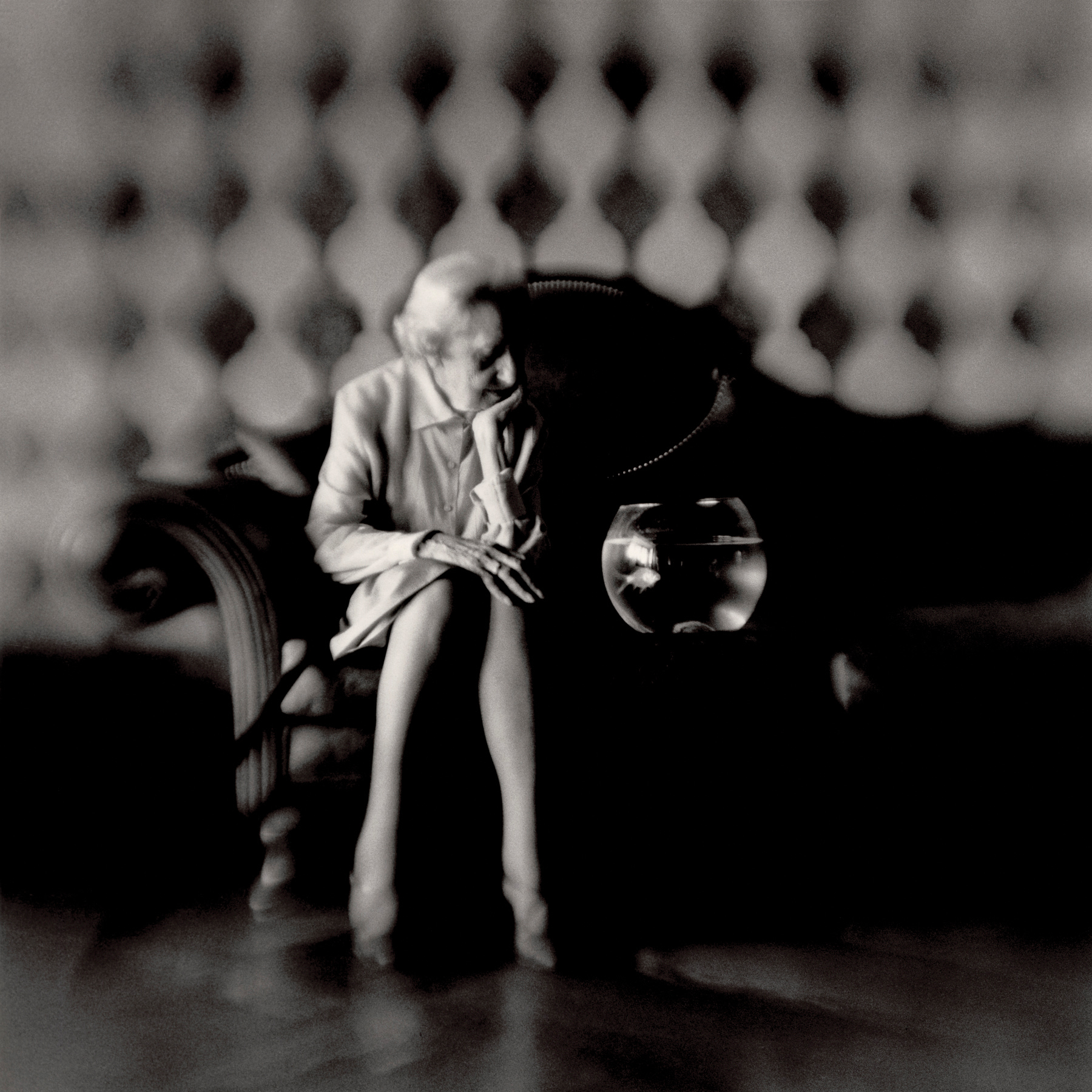
“Fishbowl,” 2004
She was staying at a small pensione on the shores of Lake Garda, Italy. I would see her every day when she played cards with friends or read. She would often feed the goldfish.
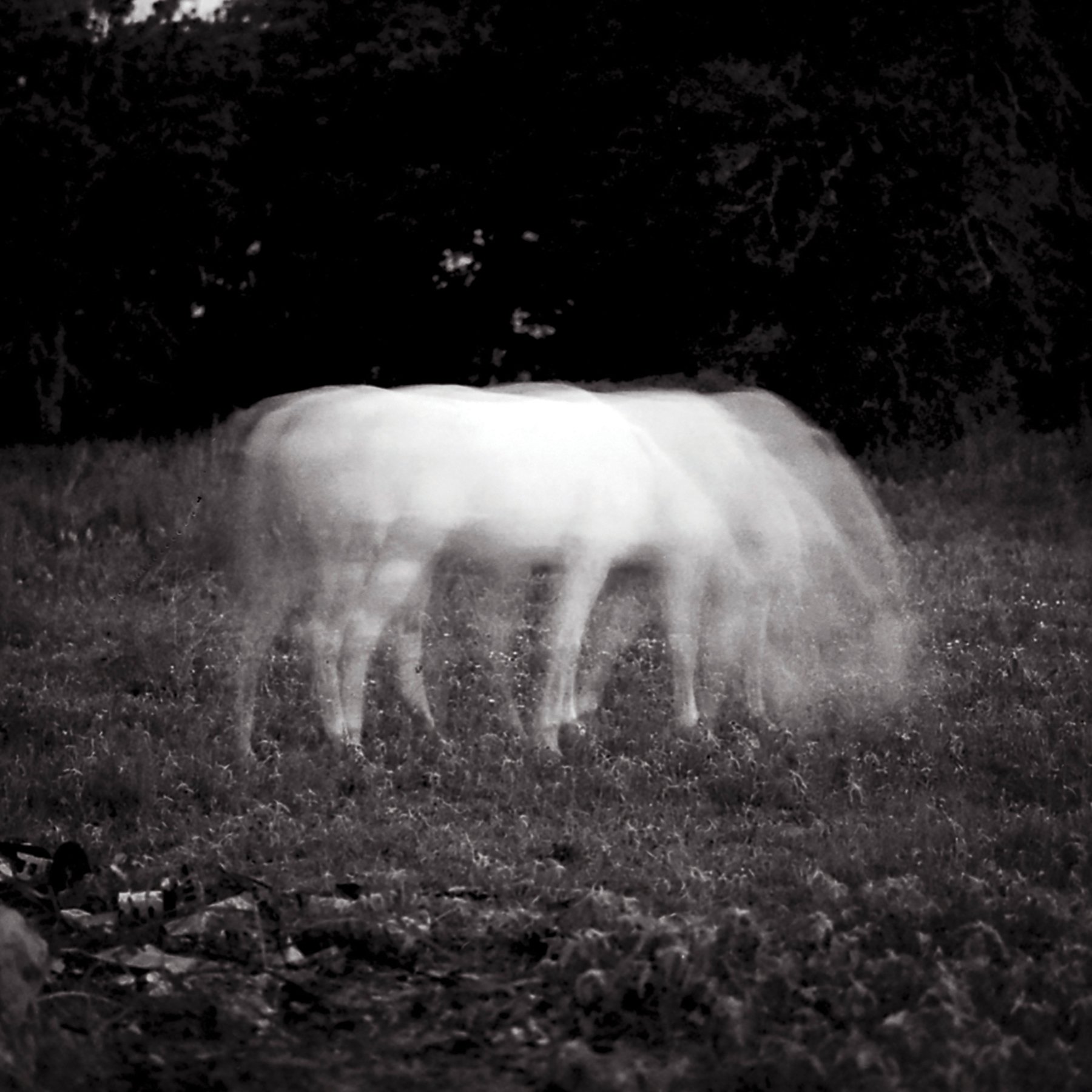
“White Horse in Moonlight,” 1984
Driving late one night on Highway 84 near Waco, I passed this horse in a moonlit pasture. I made a 60-second exposure to see what it would look like. I suffered from chigger bites for days after.
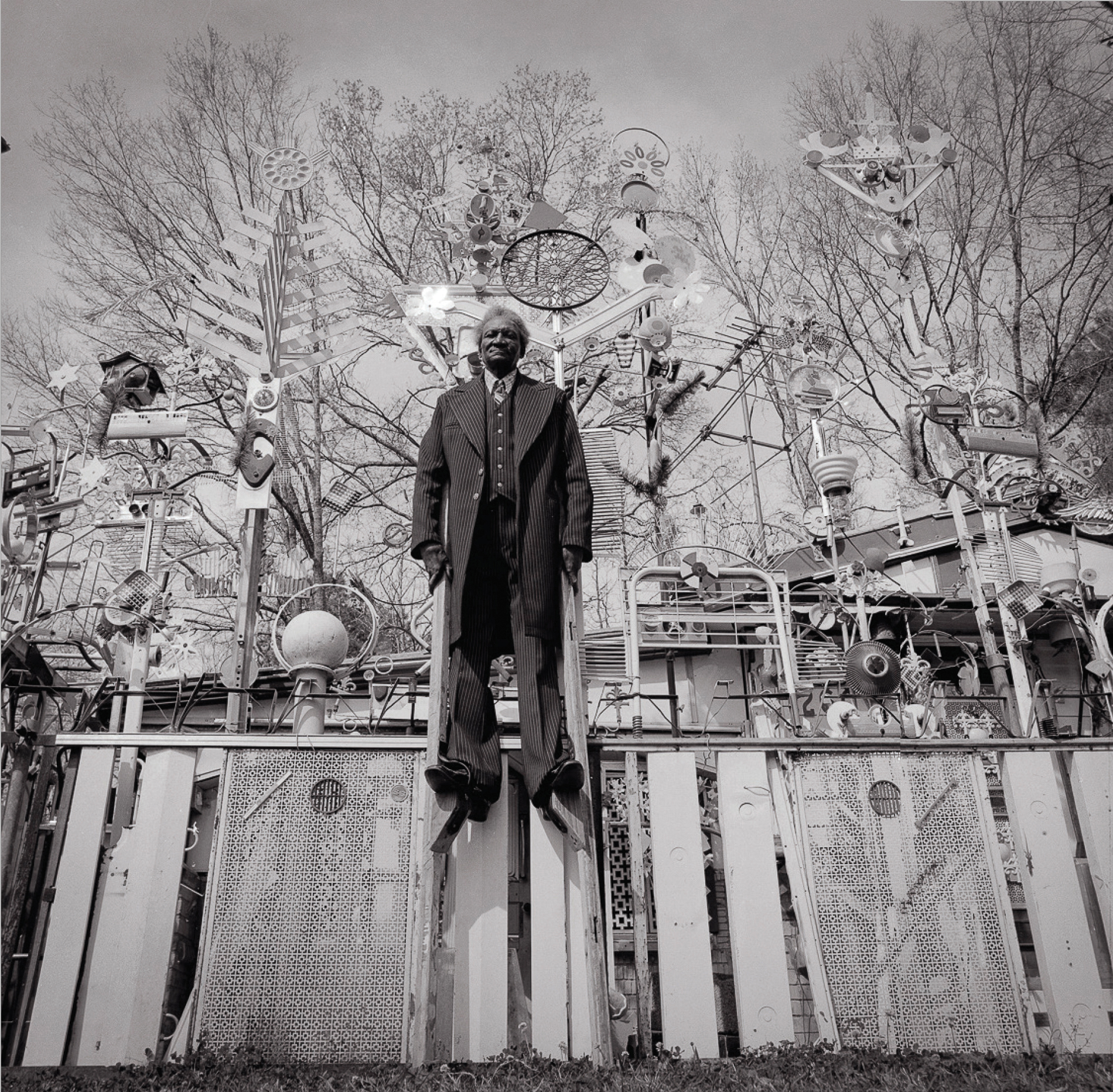
“Fox Harris,” 1984
Fox Harris lived and worked in my hometown of Beaumont. He was what we call today a visionary, folk artist or outsider artist. His astounding totems, rooted in African mythology and made of found objects, covered every square foot of his modest home.
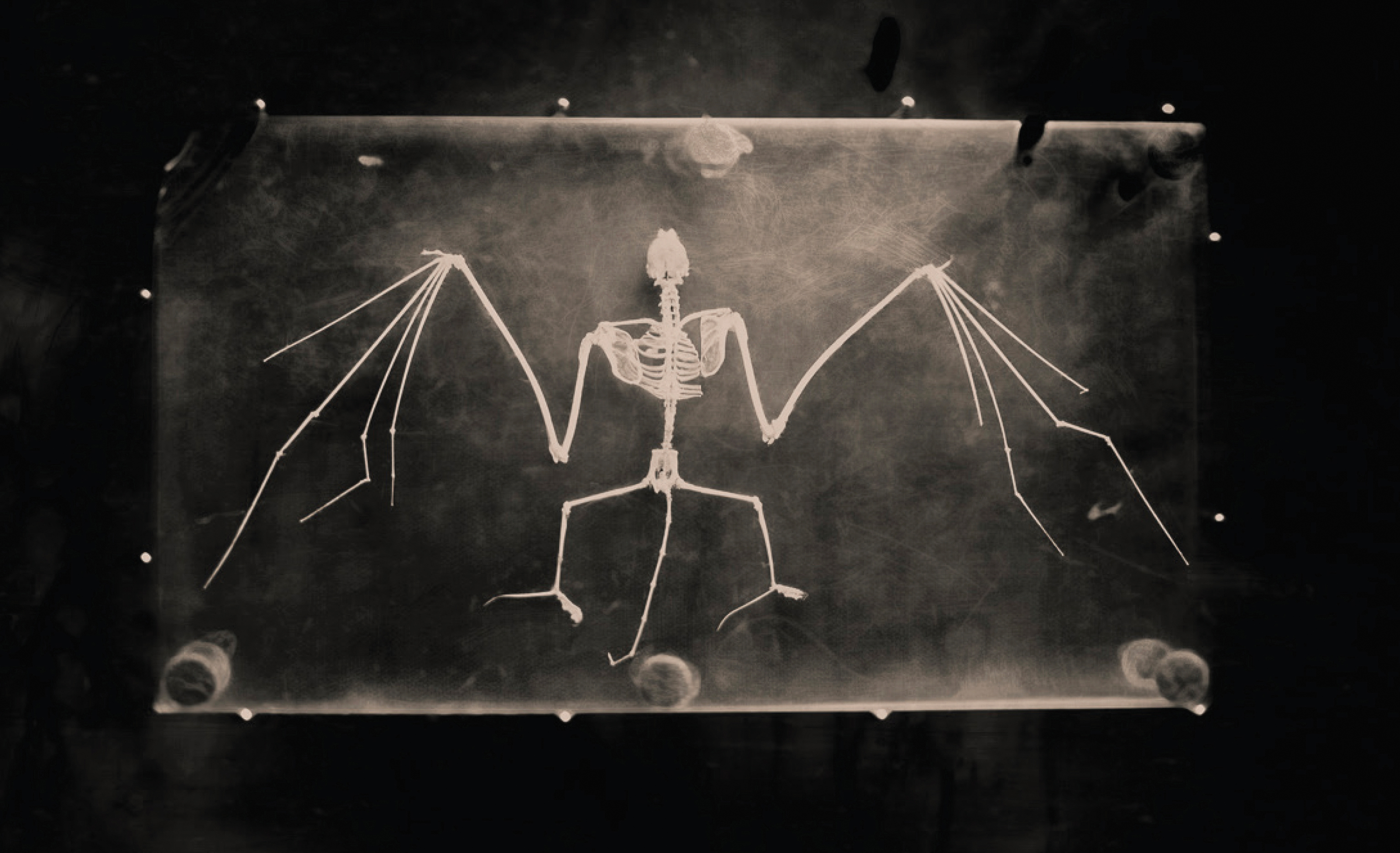
“Batman,” 2012
Wet-plate collodian image of a lucite bat skeleton found in a biology classroom.
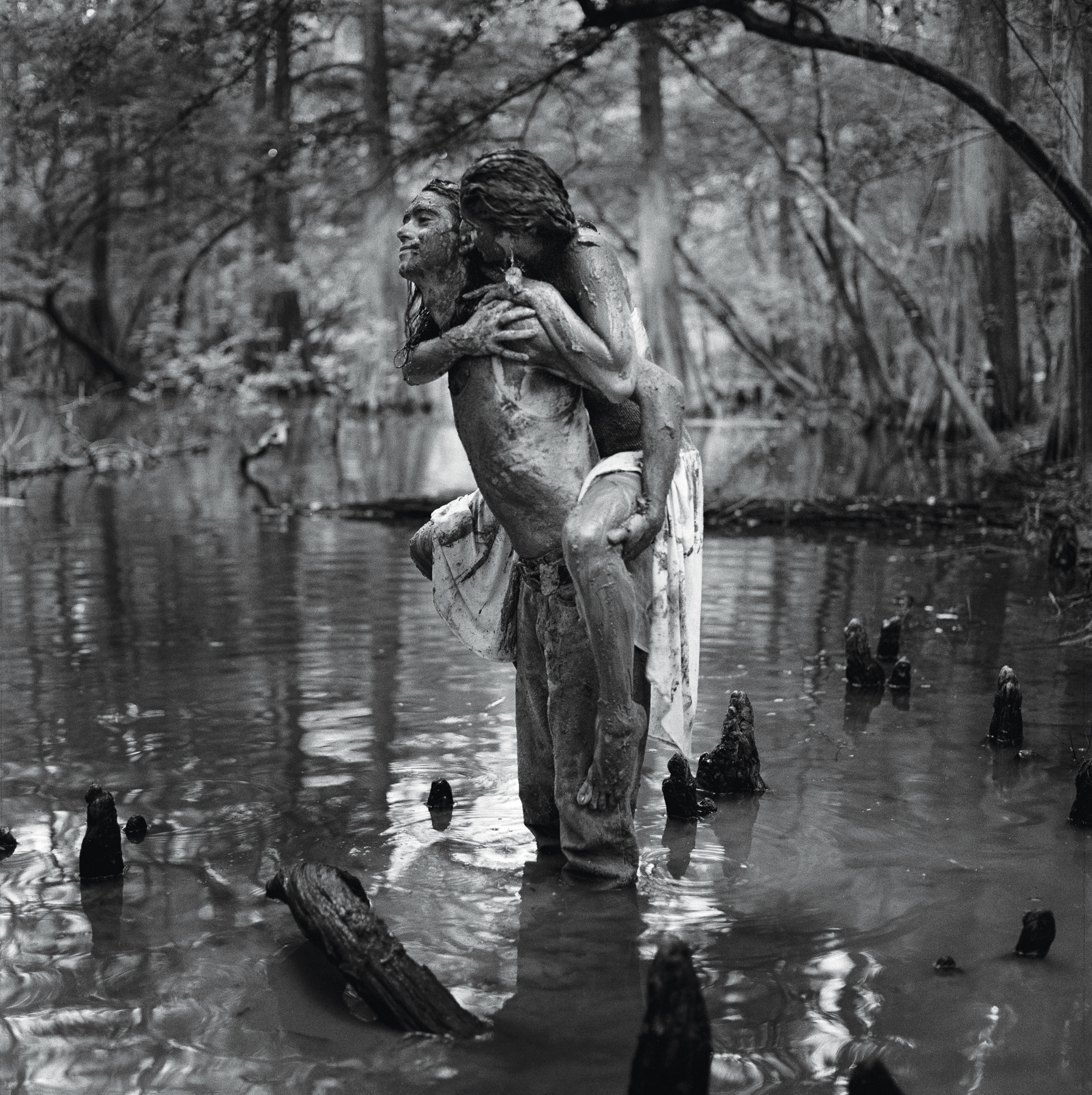
“Mudlovers,” 1990
It was the end of the day, and they had been jacking around and drinking beer by Village Creek. He carried her across what we call a baygall, a boggy area of tupelo, inkberry and bay trees.
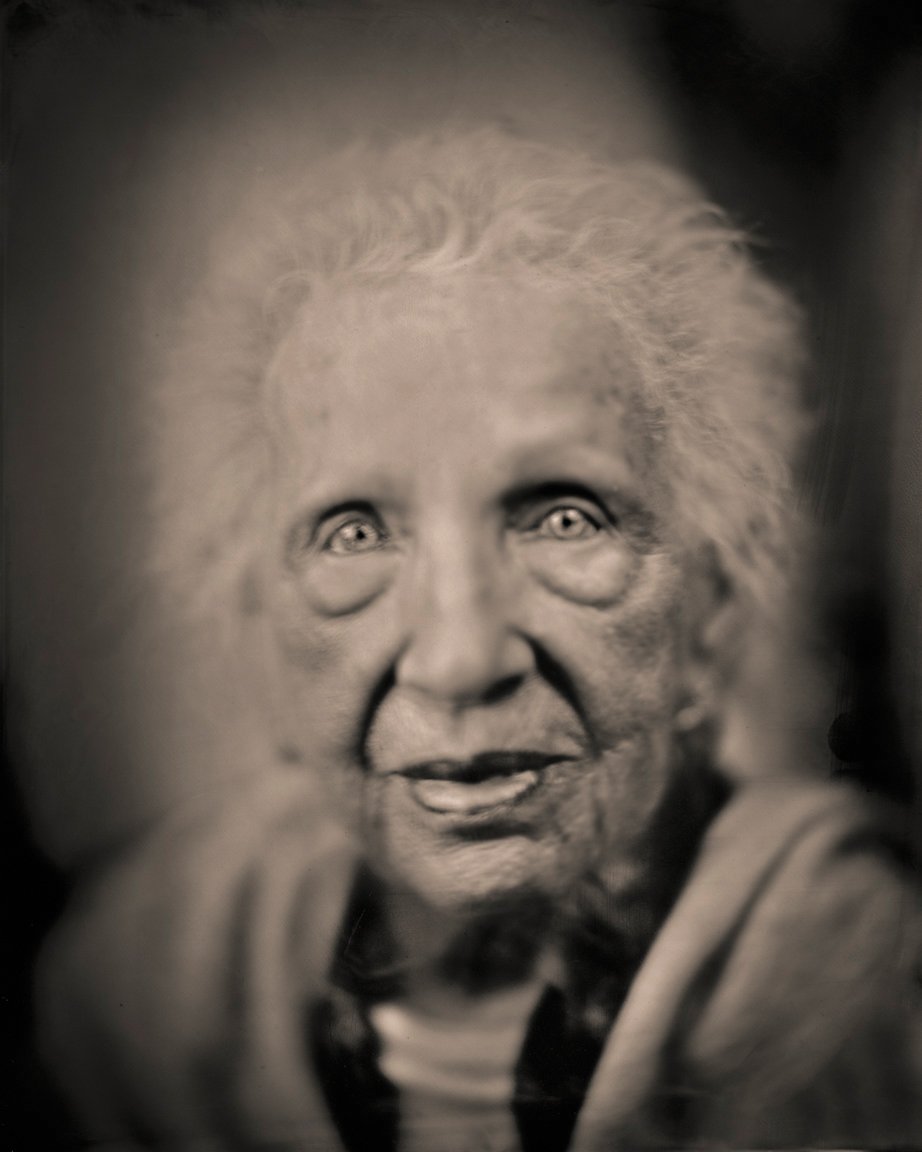
“Patricia,” 2014
Pat’s illness was progressing. Remarkable woman that she was, she still possessed her intelligent, unwavering gaze. This was her last portrait.


